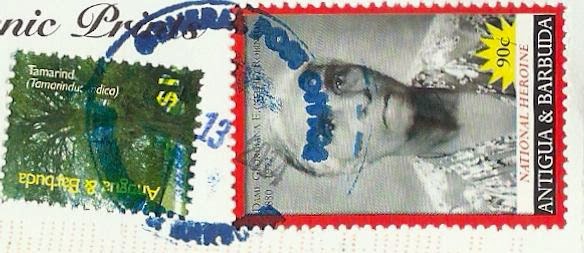Macedonia.
Sent by Goran from Skopje, Macedonia.
Macedonia (Macedonian: Македонија, transliterated: Makedonija), officially the Republic of Macedonia (Република Македонија, transliterated: Republika Makedonija [rɛˈpublika makɛˈdɔnija]), is a country located in the central Balkan peninsula in Southeast Europe. It is one of the successor states of the former Yugoslavia, from which it declared independence in 1991. It became a member of the United Nations in 1993 but, as a result of a dispute with Greece over its name, it was admitted under the provisional reference of the former Yugoslav Republic of Macedonia (поранешна Југословенска Република Македонија, transliterated: Poranešna Jugoslovenska Republika Makedonija), sometimes abbreviated as FYROM.
A landlocked country, the Republic of Macedonia is bordered by Kosovo to the northwest, Serbia to the north, Bulgaria to the east, Greece to the south, and Albania to the west. It constitutes approximately the northwestern half of the larger geographical region of Macedonia, which also comprises parts of Greece and Bulgaria. The country's capital is Skopje, with 506,926 inhabitants according to the 2002 census. Other cities include Bitola, Kumanovo, Prilep, Tetovo, Ohrid, Veles, Štip, Kočani, Gostivar, Kavadarciand Strumica. It has more than 50 lakes and sixteen mountains higher than 2,000 m (6,562 ft). Macedonia is a member of the UN and the Council of Europe. Since December 2005 it has also been a candidate for joining the European Union and has applied for NATO membership. (read further)

































